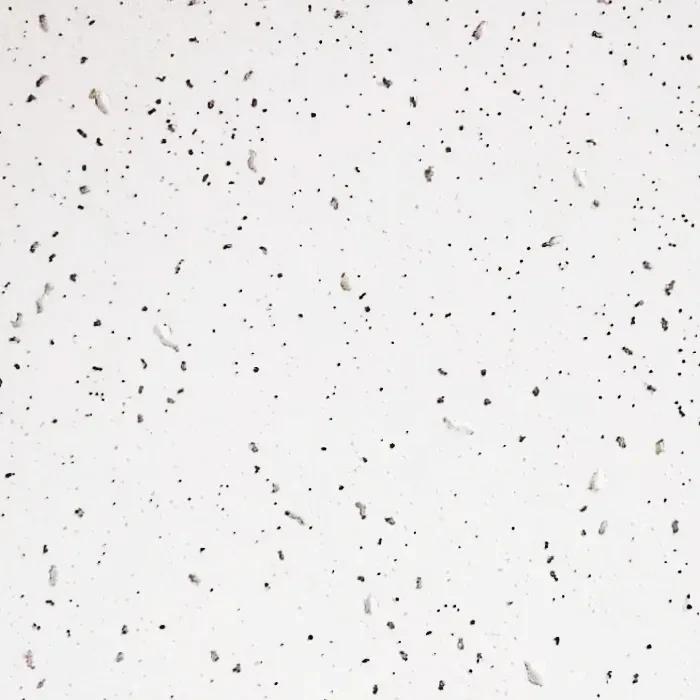Feb . 07, 2025 05:27 Back to list
gypsum board vs pvc ceiling
When choosing between gypsum board and PVC ceiling, the decision hinges on various factors such as aesthetics, durability, cost, and installation. Each material has distinct features that cater to different needs and preferences. Understanding these differences will aid in making an informed decision for your interior design or renovation project.
PVC ceilings are lightweight and easy to install, often featuring interlocking or tongue-and-groove designs that simplify the process and reduce labor costs. The variety of finishes and patterns available in PVC allows for considerable design flexibility, enabling homeowners to achieve different aesthetics, from sleek, modern looks to more traditional styles. However, PVC ceilings might not offer the same level of fire resistance as gypsum boards, which could be a safety concern in certain applications. Some low-quality PVC materials may emit toxic fumes when burned, posing health risks during fires. Choosing high-quality, fire-rated PVC products can alleviate some of these concerns. From an environmental perspective, gypsum is a more sustainable option as it is a naturally occurring mineral and can be recycled. In contrast, PVC production involves petrochemicals and generates more environmental pollutants. Cost is another vital factor in decision-making. Generally, PVC ceilings are less expensive than gypsum boards, both in terms of materials and installation. This makes PVC a budget-friendly option for those looking to achieve quick and cost-effective interior solutions. In summary, the choice between gypsum board and PVC ceiling depends on specific project requirements and priorities. If fire resistance, acoustic performance, and a seamless finish are crucial, gypsum board is the preferred choice. On the other hand, if moisture resistance, low maintenance, and affordability are paramount, PVC ceilings offer a viable solution. Both materials have their unique advantages and disadvantages, and understanding these will help determine the best option for any particular use case.


PVC ceilings are lightweight and easy to install, often featuring interlocking or tongue-and-groove designs that simplify the process and reduce labor costs. The variety of finishes and patterns available in PVC allows for considerable design flexibility, enabling homeowners to achieve different aesthetics, from sleek, modern looks to more traditional styles. However, PVC ceilings might not offer the same level of fire resistance as gypsum boards, which could be a safety concern in certain applications. Some low-quality PVC materials may emit toxic fumes when burned, posing health risks during fires. Choosing high-quality, fire-rated PVC products can alleviate some of these concerns. From an environmental perspective, gypsum is a more sustainable option as it is a naturally occurring mineral and can be recycled. In contrast, PVC production involves petrochemicals and generates more environmental pollutants. Cost is another vital factor in decision-making. Generally, PVC ceilings are less expensive than gypsum boards, both in terms of materials and installation. This makes PVC a budget-friendly option for those looking to achieve quick and cost-effective interior solutions. In summary, the choice between gypsum board and PVC ceiling depends on specific project requirements and priorities. If fire resistance, acoustic performance, and a seamless finish are crucial, gypsum board is the preferred choice. On the other hand, if moisture resistance, low maintenance, and affordability are paramount, PVC ceilings offer a viable solution. Both materials have their unique advantages and disadvantages, and understanding these will help determine the best option for any particular use case.
Latest news
-
Durable Ceiling T Grid Systems | Easy InstallationNewsAug.29,2025
-
PVC Gypsum Ceiling: Durable, Laminated Tiles for Modern SpacesNewsAug.28,2025
-
Pvc Gypsum Ceiling Is DurableNewsAug.21,2025
-
Mineral Fiber Board Is DurableNewsAug.21,2025
-
Ceiling Tile Clip Reusable DesignNewsAug.21,2025
-
Ceiling T Grid Modular DesignNewsAug.21,2025







